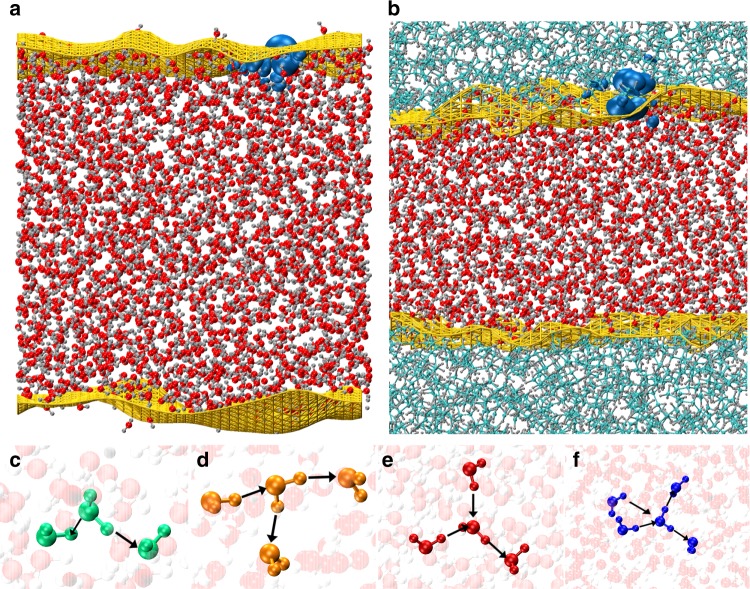Fig. 1. Simulated systems and coordination defects.
Outline of the two simulated systems: a the air–water and b the oil–water. The Willard–Chandler instantaneous surfaces are highlighted in yellow. The highest occupied molecular orbital (HOMO) in both systems is highlighted in cyan. c, d, e, f represent the different types of water molecules coordination configurations that will form the focus of our discussion later. For each coordination configuration the accepted hydrogen bond(s) are represented by an arrow pointing in, whereas the donated hydrogen bond(s) are shown by an arrow pointing out. For brevity, the following nomenclature will be used in the rest of the paper: donated hydrogen bonds will be called out, whereas accepted hydrogen bonds will be called in. In this way, c, d, e, f represent, respectively 1in-1out, 1in-2out, 2in-1out, and 2in-2out water coordination configurations.

